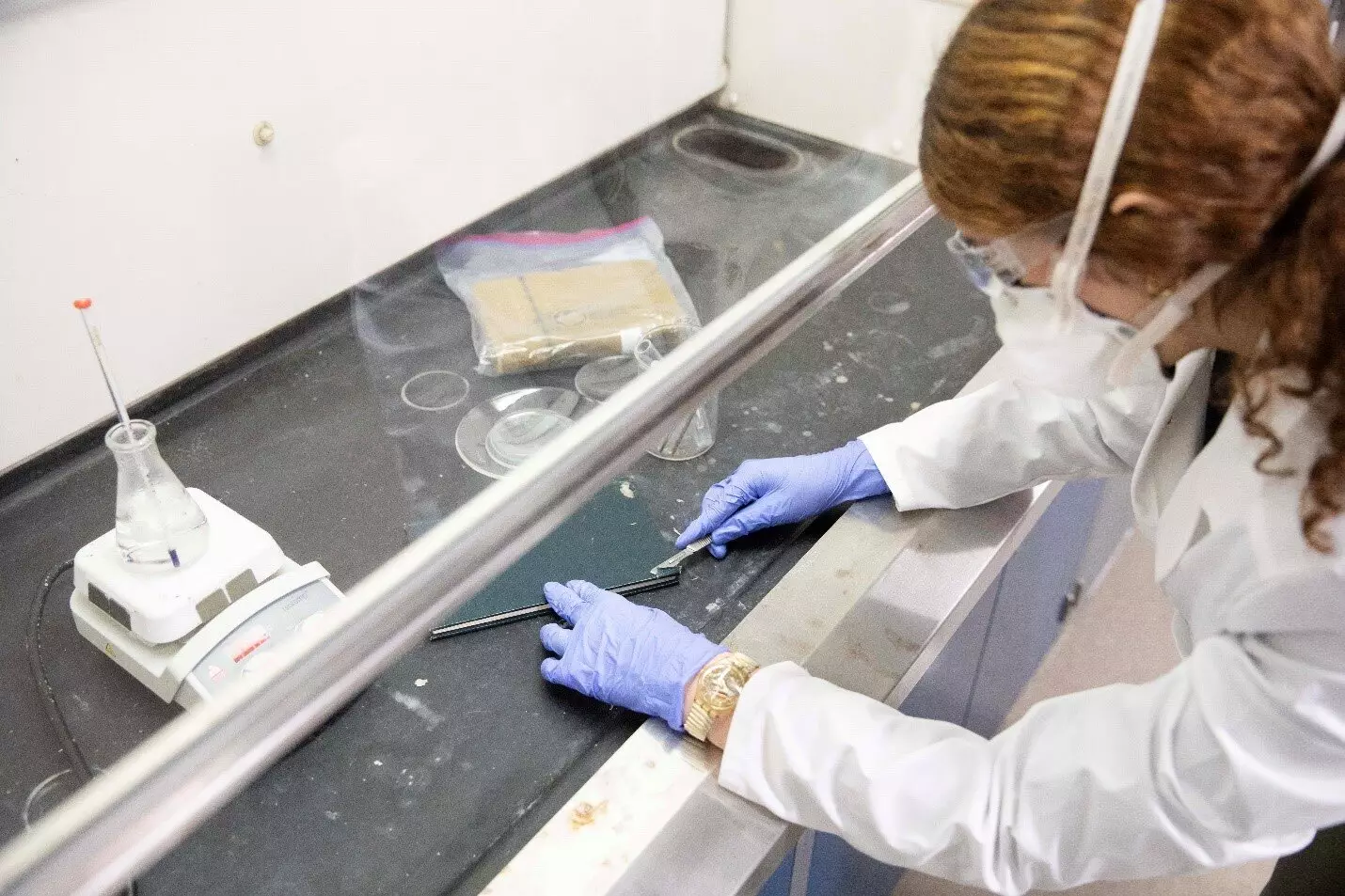If you come across brightly colored, cloth-bound books from the Victorian era, you might want to handle them gently, or even steer clear altogether. Some of their attractive hues come from dyes that could pose a health risk to readers, collectors or librarians. The latest research on these poisonous books used three techniques—including one that hasn’t previously been applied to books—to assess dangerous dyes in a university collection and found some volumes may be unsafe to handle. The researchers present their results at the fall meeting of the American Chemical Society.
The study conducted by Abigail Hoermann, Jafer Aljorani, Leila Ais, and Joseph Weinstein-Webb at Lipscomb University aimed to investigate the presence of toxic dyes in Victorian-era fabric-covered books. Lipscomb librarians Jan Cohu and Michaela Rutledge initiated the study by approaching the university’s chemistry department to test these antique books from the Beaman Library. This research came after the discovery of copper acetoarsenite in books dating back to the 19th and early 20th centuries at the Winterthur Museum, Garden & Library, which triggered the Poison Book Project.
The team at Lipscomb University employed three spectroscopic methods to examine the antique books for toxic pigments. These techniques included X-ray fluorescence (XRF), inductively coupled plasma optical emission spectroscopy (ICP-OES), and X-ray diffraction (XRD). While XRF was used to detect the presence of heavy metals like lead and chromium, ICP-OES helped determine the concentrations of these metals. However, the use of XRD to identify pigment molecules containing these toxic metals in books was a novel approach never before used in this context.
The researchers discovered lead and chromium in some of the antique books, with lead(II) chromate being one of the compounds identified. Surprisingly, the lead concentration was significantly higher than chromium in the book covers, indicating potential additional lead-based pigments. The team is currently investigating these findings to identify other lead-based compounds present in the yellow pigments.
The presence of high levels of lead and chromium in some antique books from the Lipscomb collection raises concerns about the potential health risks for librarians and collectors. Chronic exposure to these heavy metals, particularly through inhalation, could lead to serious health issues such as cancer, lung damage, or fertility problems. The concentrations of lead and chromium found in some book covers exceeded the acceptable limits established by the Centers for Disease Control and Prevention (CDC).
As a precautionary measure, the Lipscomb library has sealed colorful 19th-century books in plastic zip-close bags for safe handling and storage. Additionally, books confirmed to contain dangerous dyes have been removed from public circulation. The researchers plan to contribute their findings to the Poison Book Project to raise awareness about the safe handling, conservation, and storage of antique books among librarians and collectors.
The study conducted at Lipscomb University sheds light on the hidden dangers lurking in antique books due to toxic dyes used in their production. The findings underscore the importance of identifying and mitigating health risks associated with handling these books, as well as the significance of proper conservation practices to protect both readers and caretakers of literary treasures from the past.


Leave a Reply